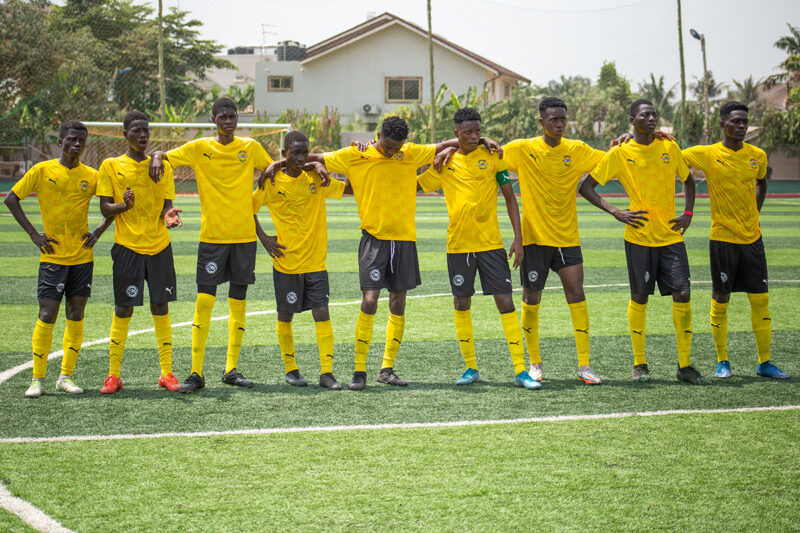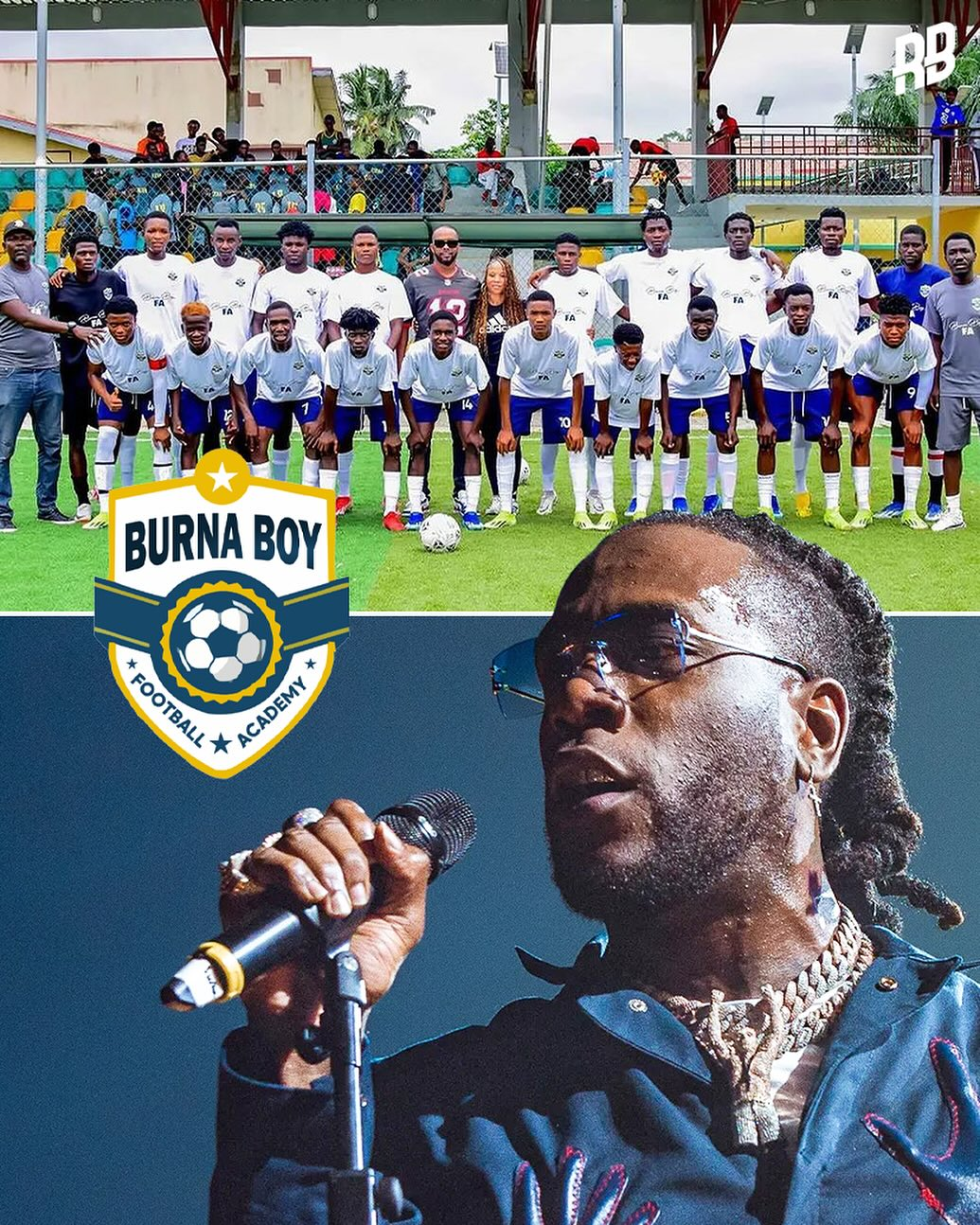At a Glance
- African football academies drive global talent pipelines through elite training and international partnerships.
- Programs like ZED FC, Vim SC, and Burna Boy Football Academy offer holistic athlete development
- European clubs’ strategic investments boost Africa’s sports economy and revenue growth.
African football academies are emerging as powerhouse engines in the global sports economy. Once overlooked, these institutions are now indispensable in producing elite talent for top European football leagues.
Operating from urban alleys and rural pitches to high-tech training centers, these academies are transforming raw street talent into international stars.
As the global demand for skilled, athletic, and mentally resilient footballers grows, Africa’s youth development programs are stepping up, blending football instruction with education, mentorship, and character building.
The result: a new generation of well-rounded athletes commanding international attention and investment.
Elite training meets social impact
Local academies across Africa—like Ghana’s Vim SC, Egypt’s ZED FC, and Nigeria’s Burna Boy Football Academy—are redefining football development. These institutions identify young talent from grassroots levels and immerse them in professional training environments complete with tactical instruction, health support, and modern analytics.
Beyond the pitch, players are offered formal education, personal development courses, and vocational training. This holistic approach not only increases the odds of athletic success but also ensures life beyond football remains promising, especially for those who don’t turn pro.
ZED FC (Egypt):This award-winning youth academy has become a benchmark for structured talent development in North Africa.
ZED FC’s academy has consistently delivered professional-caliber players, reflecting Egypt’s growing influence in African football.

Vim SC (Ghana): Ghana’s Vim SC is taking an innovative approach to youth development, with a focus on analytics, mental coaching, and international exposure. The organization is redefining how young African players are scouted and groomed.

Burna Boy Football Academy (Nigeria): Launched with training centers in Lagos, Abuja, and Port Harcourt, this new entrant is backed by Nigerian music icon Burna Boy.
It aims to merge sport and culture while offering professional-grade training to the next generation of Nigerian stars.

European clubs double down on African talent
Clubs in the English Premier League, Bundesliga, and La Liga are investing in Africa’s football academies through strategic partnerships.
These collaborations, such as the Right to Dream-FC Nordsjælland model, provide funding, training expertise, and first-refusal rights on emerging players—offering a win-win scenario for both continents.
FIFA solidarity payments, awarded to clubs that develop players between ages 12 and 23, are becoming critical revenue streams.
Yet many academies remain unaware or unable to claim these funds, highlighting the need for regulatory education and support.
The road ahead: data, dollars, and dreams
While African football academies hold immense promise, challenges remain. Infrastructure gaps, inconsistent funding, and limited access to scouting technology threaten growth.
However, with increased investment, government support, and adoption of data-driven training methods, these academies can scale sustainably.
Africa is not just exporting talent—it’s exporting a new blueprint for football development.
And as these hidden academies continue to rise, they are not only changing lives but also rewriting the future of global football.





